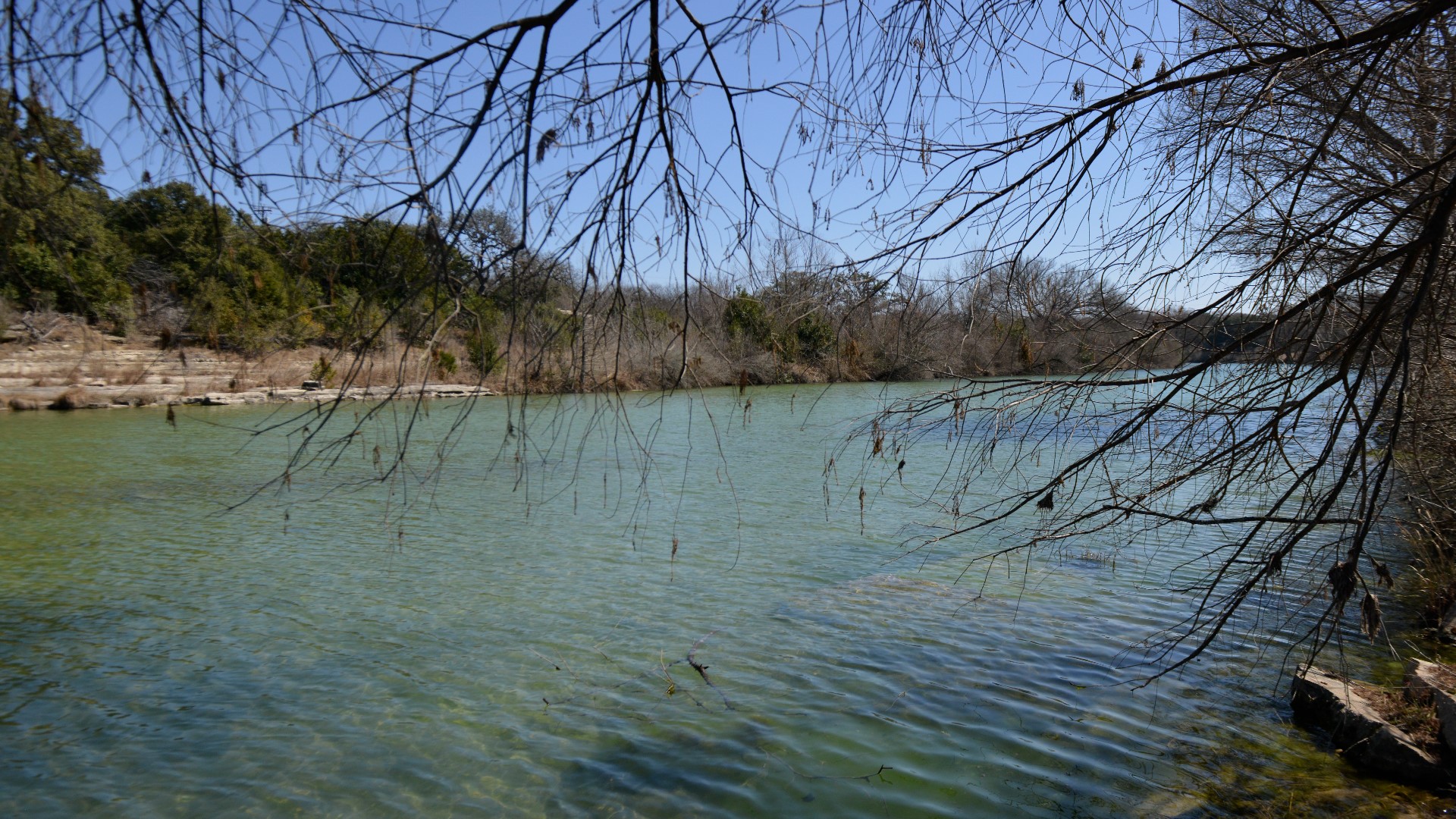SAN ANTONIO — Blanco State Park is frequently named one of the top swimming holes in Texas. About a one hour drive from both San Antonio and Austin, it stands out for its crystal clear water, unique dam structure and its stone tables and benches.
With Spring around the corner, its sure to be a popular spot for swimming, fishing and camping.
Here are five things to know about the beautiful Blanco State Park, provided by the Texas State Parks system.
Small, but mighty
The Blanco River was named in 1721 by Spanish settlers due to its distinctive white limestone banks. Both Native Americans and the Spanish were attracted to the river, especially because springs from the River provided water even when the river itself ran dry.
Ranchers donated or sold their land to create Blanco State Park in 1933. With 104.6 acres, it is one of the smallest state parks in Texas.
Ties to U.S. history
Blanco State Park was one of the first four parks in Texas to receive a Civilian Conservation Corps (CCC) company. President Franklin Delano Roosevelt created the program to help unemployed young men get back to work during the Great Depression.
One of the reasons it was chosen was because Blanco was convenient for motorists traveling across Texas. Tourists could pull off the road to relax, swim, picnic, or camp.
Company 854 worked for 11 months in 1933 and 1934 building bridges, dams, structures, picnic areas, and roads. The CCC transformed the landscape and created a park where Texans could swim, fish, and camp.
Their work is evident even today. The park has unique stone benches and tables made by the company. The pools were also created by the CCC dams.
Record Flood
The Hill Country received record amounts of rainfall in May of 2015. On May 23, 10-13 inches of rain fell at the headwaters of the Blanco River. The soil was already saturated and unable to absorb the rainfall. Most of the rain ran straight into the river.
The river swelled and rose an astounding 30 feet. Water rushed through the park, rising over the Kendalia and Texas 163 Loop bridges and touching the bottom of the U.S. Highway 281 bridge. The river continued on this path, devastating the park and land downstream.
Flood waters receded and left behind substantial damage. Uprooted trees, branches, sand, silt and trash littered the park. The high waters lodged uprooted trees 20 feet high in the surviving trees.
Park rangers and volunteers worked through the summer of 2015 repairing buildings, removing debris, and preparing the south side of the park to open on Aug. 1. After restoring the rest of the day use areas the whole park reopened on Oct. 24.
You will see signs of the flood today as you walk through the park. The trees still lean in the direction of the flood water and debris piles are scattered throughout our trails and native areas.
Things to do
This small park hugs a one-mile stretch of the river. On the water, you can swim, fish, paddle or boat. On land, you can picnic, hike, camp, watch for wildlife, and geocache.
Anglers fish for largemouth and Guadalupe bass, channel catfish, sunfish and rainbow trout. TPWD stocks the river with trout in the winter. You do not need a license to fish from shore within the park. You can borrow fishing rods and reels to use in the park as well.
Renting tubes and kayaks
One useful thing about Blanco State Park is that kayak and tube rentals are available for a small fee.
You can rent a single or double kayak or tube at the park store to use within the park (available seasonally; $20 credit card deposit required). Rental hours are 9 a.m. to 2 p.m.; return kayaks by 4 p.m.

